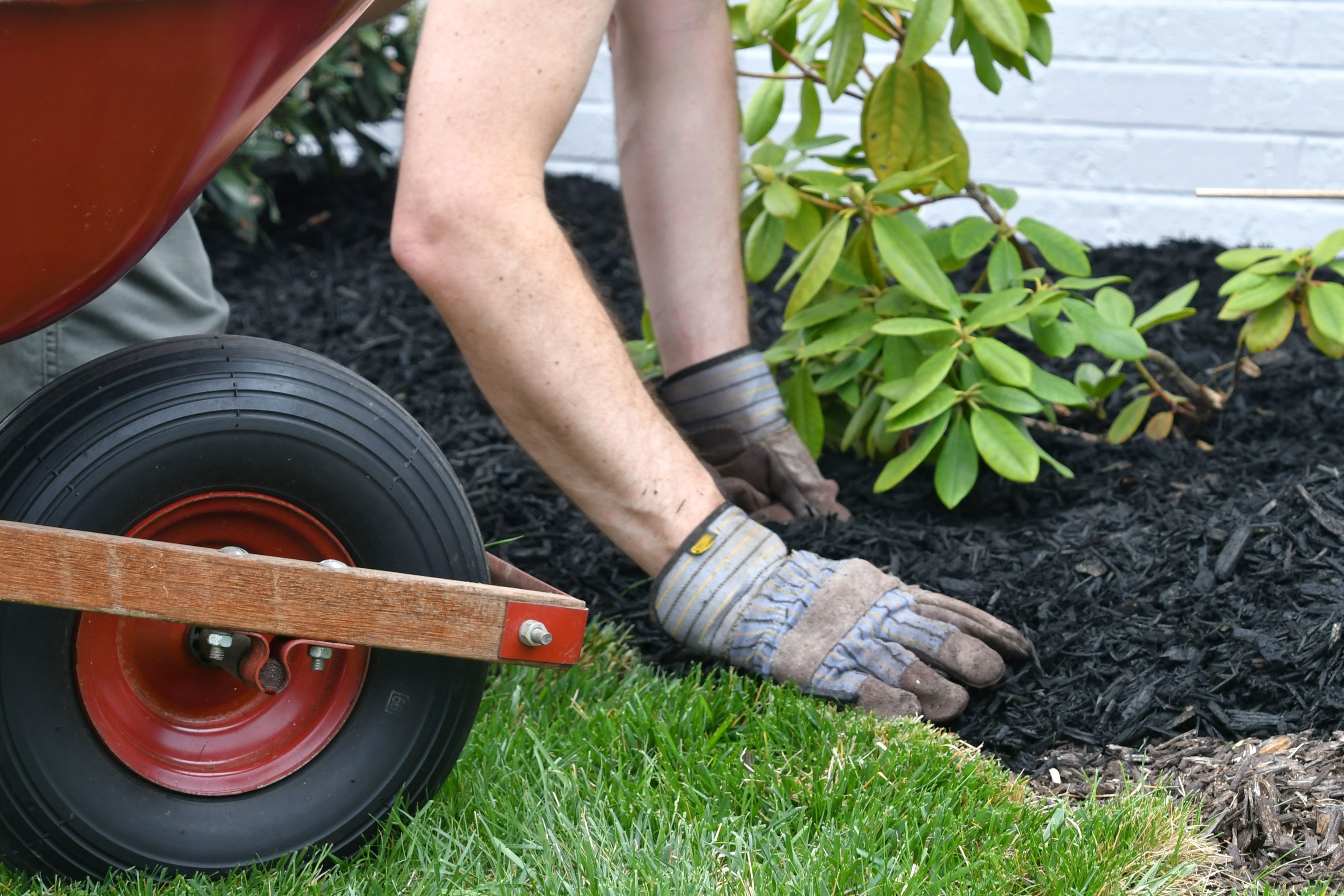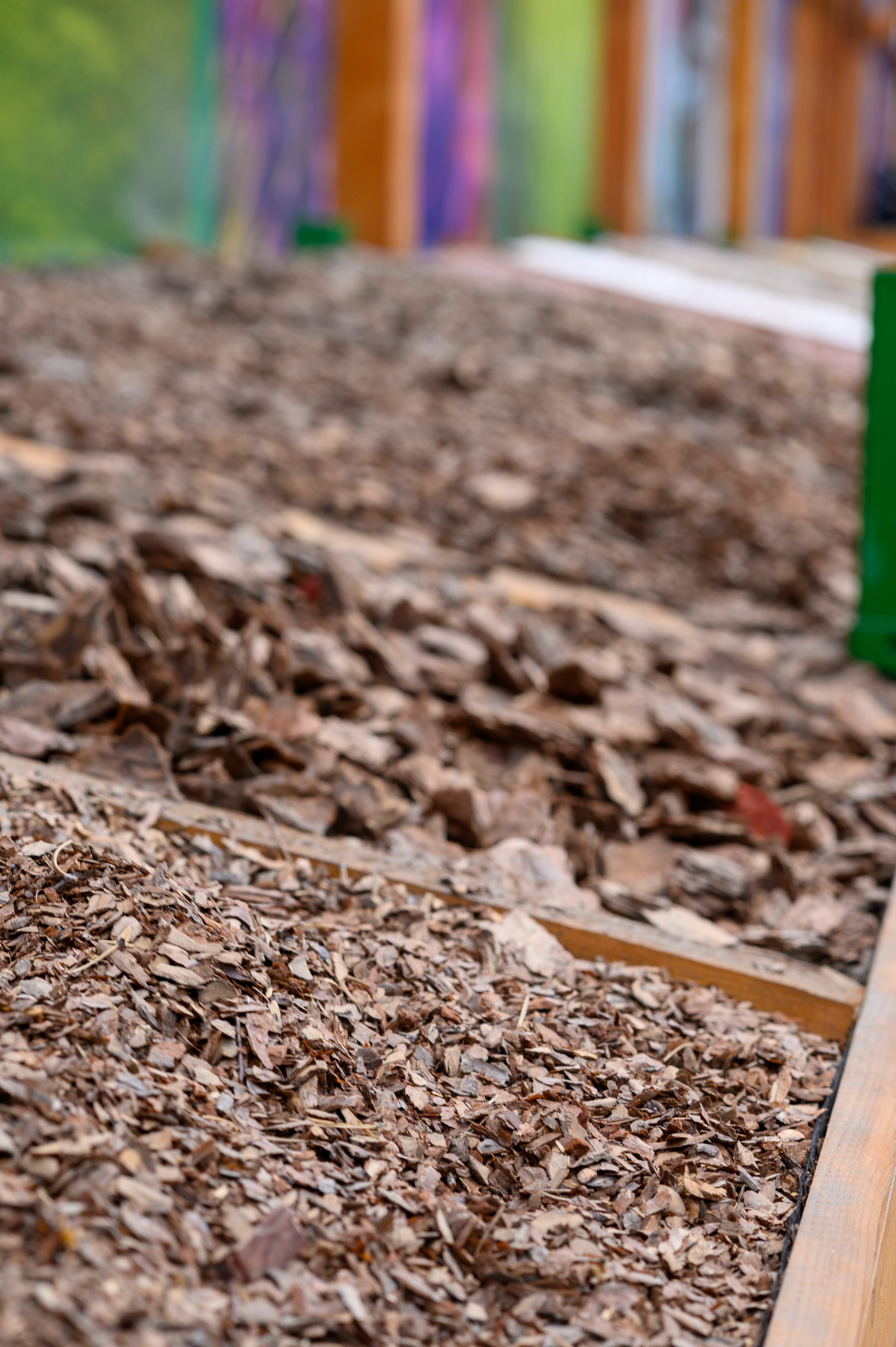One key task for fall garden prep is mulching. Mulch not only helps protect your plants from frost but also enriches the soil, retains moisture, and prevents weeds. However, there are many myths and misconceptions about fall mulching that could lead to common mistakes. In this blog, we’re here to bust those myths and guide you on how to mulch the right way this fall!


One key task for fall garden prep is mulching. Mulch not only helps protect your plants from frost but also enriches the soil, retains moisture, and prevents weeds. However, there are many myths and misconceptions about fall mulching that could lead to common mistakes. In this blog, we’re here to bust those myths and guide you on how to mulch the right way this fall!
Myth #1: All Mulches Are Created Equal
The Myth: You can use any mulch for any plant or garden bed.
The Truth: Not all mulches are suitable for every purpose. While wood chips, shredded bark, and pine needles are great for flower beds, vegetable gardens often do better with organic mulches like compost or straw. Choosing the right mulch depends on your specific garden needs.
What to Do: Select a mulch that matches the needs of your plants. For perennials and shrubs, use organic mulches like wood chips or shredded hardwood that break down slowly, providing nutrients over time. For annuals or vegetable gardens, consider lighter mulches like straw or compost that decompose quickly, adding nutrients to the soil for next season.
Myth #2: More Mulch Is Always Better
The Myth: The thicker the mulch layer, the better it is for your plants.
The Truth: While mulch can protect plants and suppress weeds, too much can suffocate roots, promote disease, and create a habitat for pests.
What to Do: Aim for a mulch layer about 3-4 inches thick. This is enough to provide insulation and weed suppression without harming your plants. When mulching around trees or shrubs, keep mulch away from the trunk to avoid rot and pest infestations
Myth #3: Mulch Doesn’t Need Maintenance
The Myth: Once you lay down mulch, you're done for the season.
The Truth: Mulch can break down over time, settle unevenly, or even blow away in windy conditions. It may also compact, which could prevent water and air from reaching the roots.
What to Do: Check your mulch periodically throughout the fall and winter. Fluff it up if it becomes compacted and add more if it starts to thin out. Maintaining the mulch layer ensures continued benefits for your plants.
Myth #4: Mulching Is Only for Fall
The Myth: Mulch is only useful for insulating soil and protecting plants from frost in the fall and winter.
The Truth: Mulch is just as valuable in the spring and summer! It helps retain moisture, suppresses weeds, and keeps the soil temperature stable, ensuring healthier plants and reducing the need for frequent watering.
What to Do: Use mulch year-round to maximize its benefits. In fall, focus on insulating tender perennials, shrubs, and young trees. This not only protects them from cold but also helps prevent soil erosion and keeps your garden beds looking tidy.
By avoiding common mulching myths and following these best practices, you can set your garden up for a successful spring bloom. Remember, a little bit of knowledge goes a long way—mulch smart and enjoy a thriving garden year-round! To stay inspired and grow with us, follow us on Facebook, Instagram, Pinterest, and TikTok to dig into the joys of gardening!
